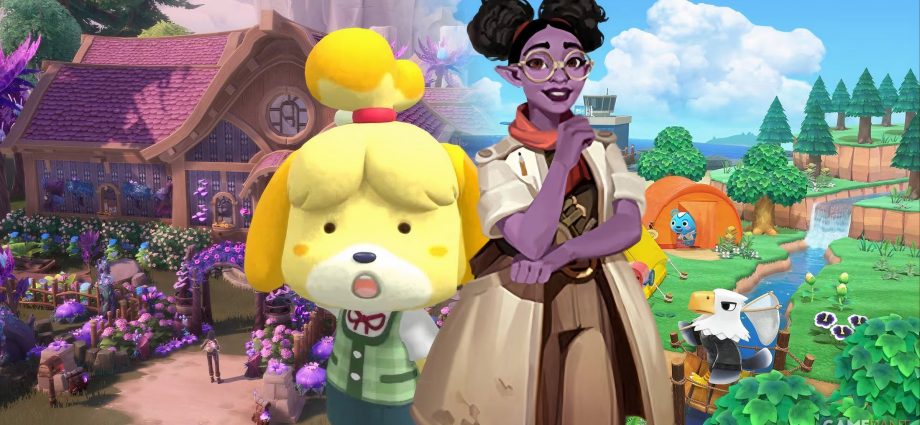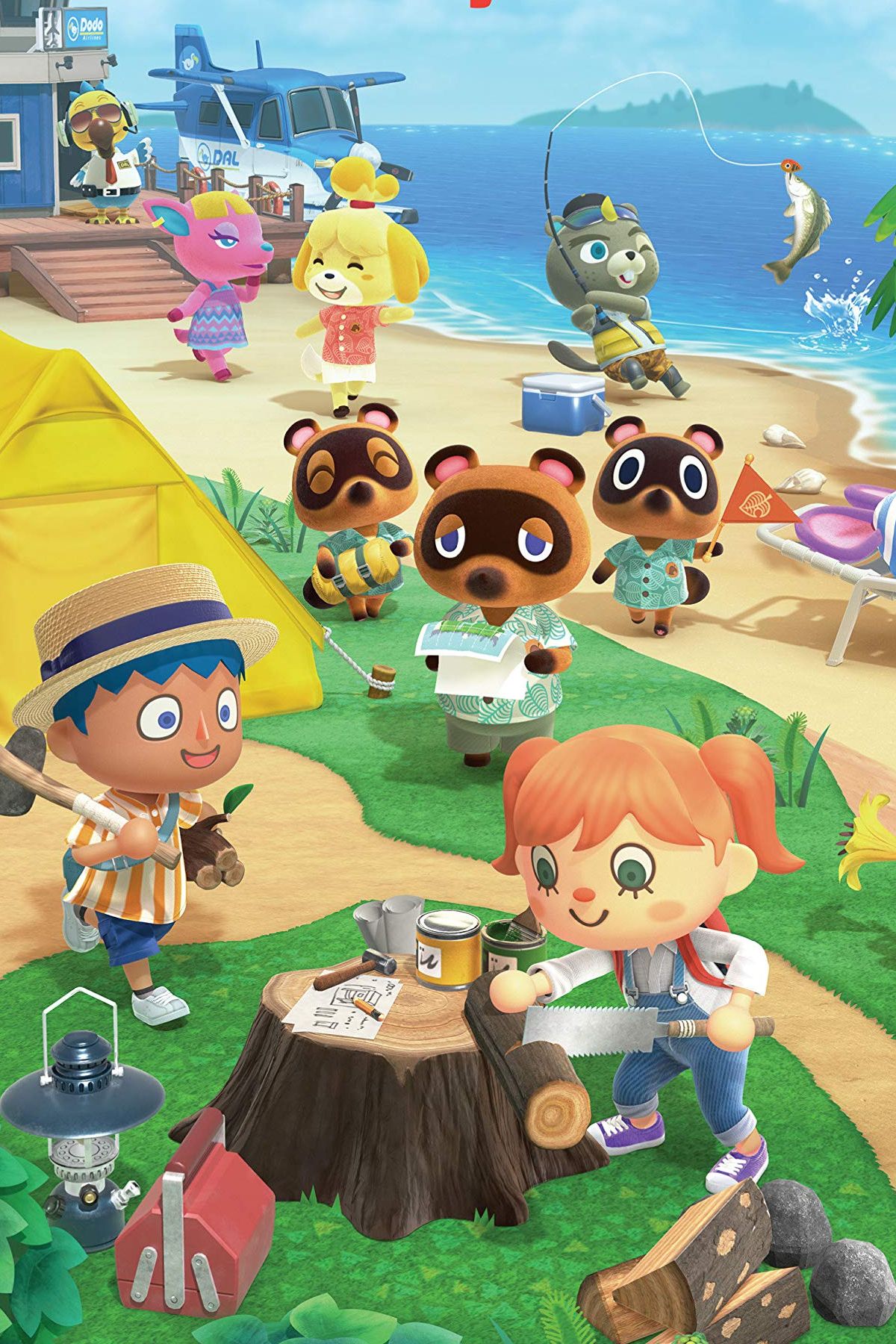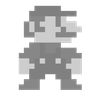As speculation continues about the successor to Animal Crossing: New Horizons for the Switch 2, with no concrete news available, players have turned to other titles for their cozy gaming fix. The cozy game landscape has evolved significantly since 2020. Animal Crossing: New Horizons’ once unchallenged position now faces competition from rising stars like Tales of the Shire, Spiritfarer, and Cozy Grove. However, one MMO has risen as the standout title to watch in this gaming space.
Palia emerged as a must-play title in an otherwise oversaturated market due to its unique value propositions that attracted many cozy gamers. Palia is a completely free-to-play game that features whimsical world-building and the slow pace of a quiet life. Even though Palia’s universe is one where humans have been MIA for several millennia, it makes players feel right at home.
With Palia‘s update roadmap clearly outlined, players have numerous reasons to keep returning to this evolving title. Palia has a unique advantage that differentiates it in the life-simulation genre by incorporating systems from long-forgotten MMOs, making it a standout game in the 2020s. If the new Animal Crossing intends to compete effectively in this genre beyond its established market dominance, it should consider integrating Palia‘s best features into its gameplay.
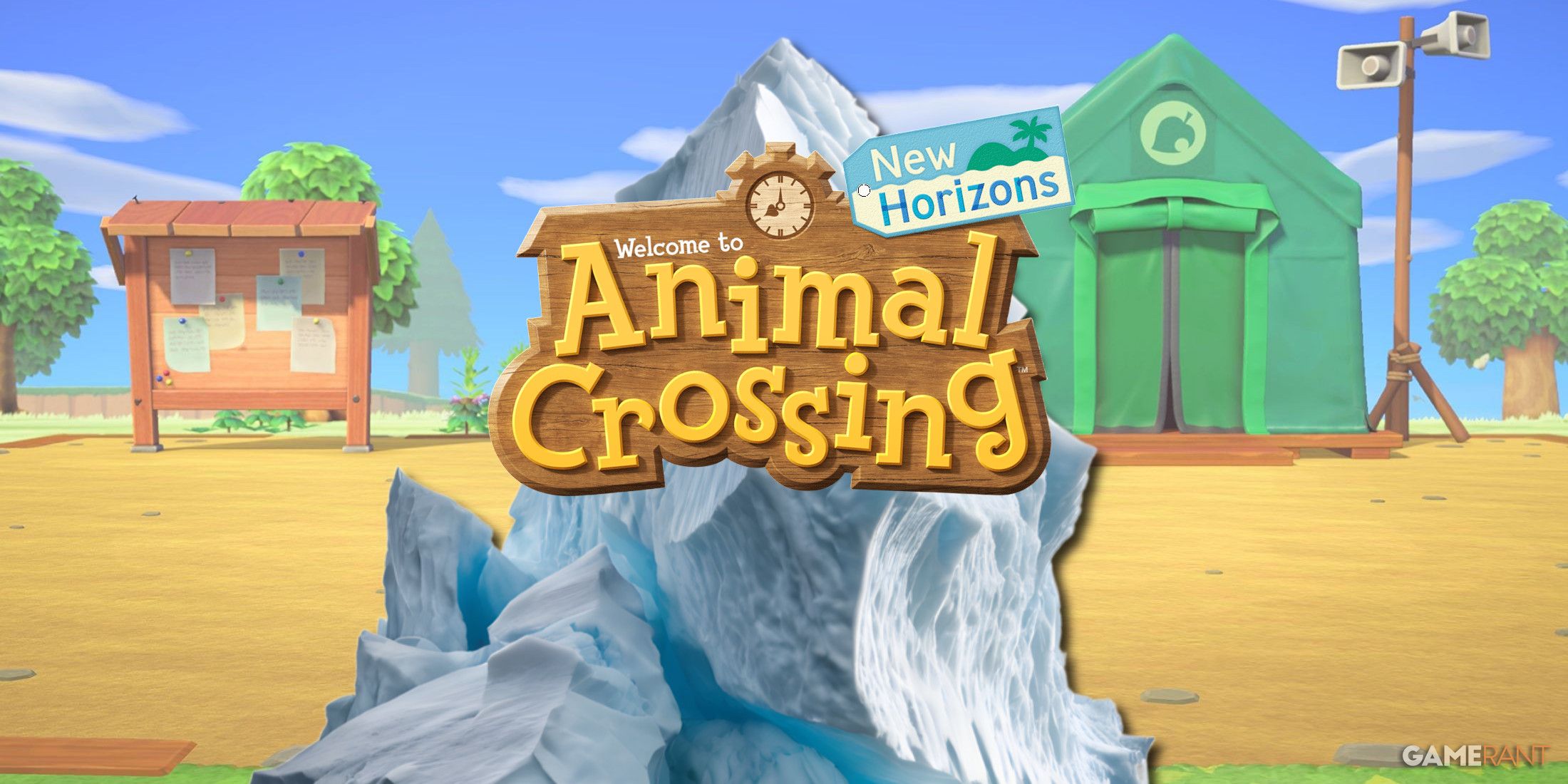
Related
Animal Crossing: New Horizons’ Latest Update Should Only Be the Tip of the Iceberg
Animal Crossing: New Horizon’s latest updates are the first ones the game has received in more than 2 years, and they hopefully won’t be the last.
Palia’s Best Features Build Communities
In a genre where single-player experiences reign, Palia dares to be different. It honors the late 2000s MMO tradition of players being a source of entertainment for themselves, thanks to chat logs and communities that arise through player interaction. Cozy games typically have a reasonably active fan base, with forums and discussion boards shaping popular opinion on the player experience. Yet, Palia does not limit interpersonal interaction to occur outside the platform—it invites players to make the game itself a hub for interaction. Animal Crossing can borrow many features from Palia, but it should definitely keep a close eye on how it manages co-op.
One Hand Washes Another in Palia
One of the cardinal sins of Palia is not adhering to in-game social etiquette, which is a remarkable reflection of the community the game has fostered through its multiplayer features. These guidelines are unofficial and unwritten—players unaware of them don’t inherently demonstrate poor sportsmanship unless acting intentionally. However, those most active in the community know that they need to guide other players to rare resources through flares or chat messages. And if all else fails, waiting until 3 AM rolls around to harvest said resources.
The fact that the community went out of its way to insist on unwritten rules for Palia highlights a deep commitment to fostering a positive and respectful environment. This way, players can look out for each other to ensure everyone has a great gaming experience—whether a newcomer to the genre or a proper connoisseur of calming cozy games.
Palia’s Social Butterflies
Palia has drawn comparisons to Stardew Valley and other similar titles due to its slice-of-life gameplay. However, Palia stands on its own two feet due to the social aspects of its gameplay. Stardew Valley and Animal Crossing: New Horizons both have multiplayer features that allow folks to connect and visit each other’s Pelican Town/island, but these experiences are notoriously slow, clunky, and unoptimized for multiplayer enjoyment. Therefore, players treat the co-op features of these games as completely optional content that may be better left untouched.
Palia provided the cozy gaming space with a challenge: to reject the notion that cozy gaming or life-sims are just limited to a single-player experience. It embraces community input through its multiplayer aspects and a clearly influenced developer’s roadmap, crafting a unique gaming experience shaped by player input to a truly collaborative degree.
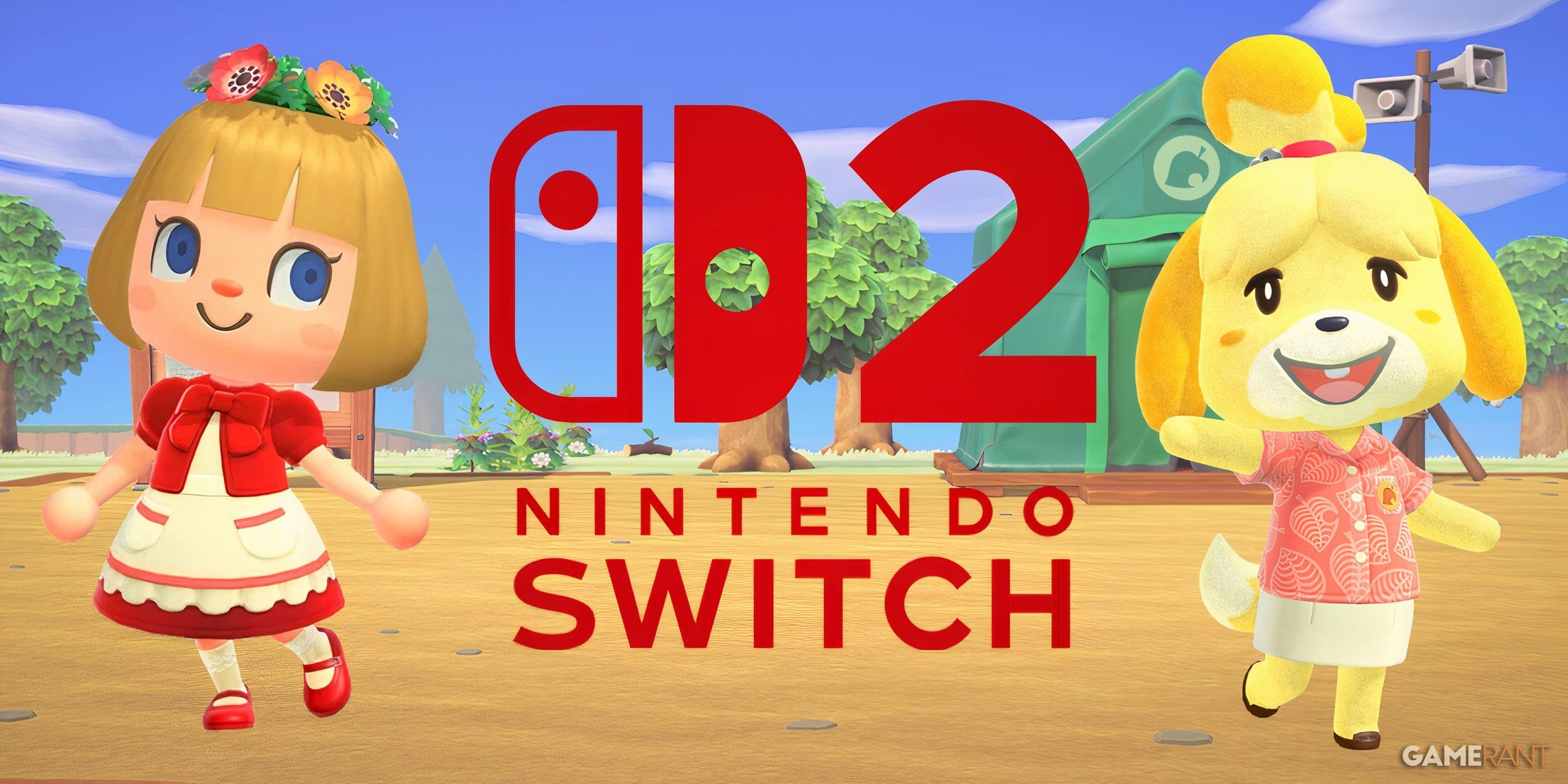
Related
Why the Next Animal Crossing Could Be Closer Than You Think
Animal Crossing’s next big release could be closer than fans think, especially with the Switch 2 and the franchise’s 25th anniversary on the horizon.
The Next Animal Crossing Should ‘Steal’ Palia’s Social Features
Animal Crossing is a true cornerstone of the genre. Yet, as the genre evolves, so must the franchise. With a potential New Horizons successor announcement just around the corner, the ball is in Animal Crossing’s court to incorporate the features that will allow the latest game to be competitive in today’s cozy game market.
Leveraging the Switch 2’s Social Features
When it comes to enhancing the multiplayer experience, there are multiple things the Animal Crossing franchise could embrace. From a more intuitive way to connect with friends to marketplaces that fill in in-game resource gaps like Nookazon, the world is truly Animal Crossing’s oyster. Yet, a surefire way to address perhaps more immediate needs relies on the console itself. With GameChat and its new camera, the Switch 2 is ideally positioned to enhance Animal Crossing‘s co-op experience. From instantly chatting with friends to turning a session into a streamer’s paradise, these features could help deliver the quality of life improvements Animal Crossing needs.
Learning from Palia
Whether it reinvents the way it connects players or simply relies on the Switch 2’s hardware innovations, one thing remains true: Animal Crossing should take note of Palia’s emphasis on multiplayer experiences. The integration of Palia‘s standout social aspects could transform player interactions, making the game not just a tranquil retreat but also a vibrant community. If Animal Crossing taps into this potential, it can ensure that it remains a beloved staple in the cozy gaming landscape, not just by name and reputation, but also by appealing to both longtime fans and newcomers alike. The future of this cherished franchise could be brighter than ever by building on the lessons learned from its competitors.
